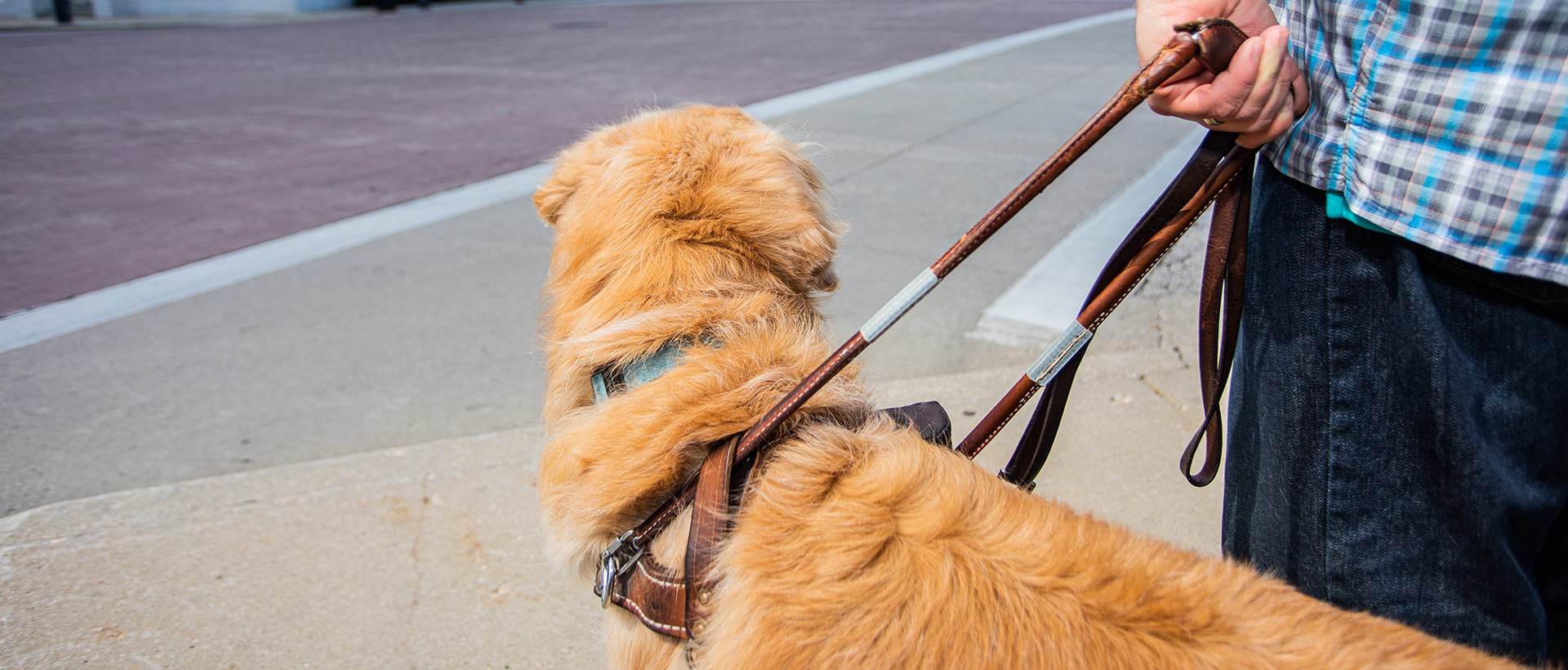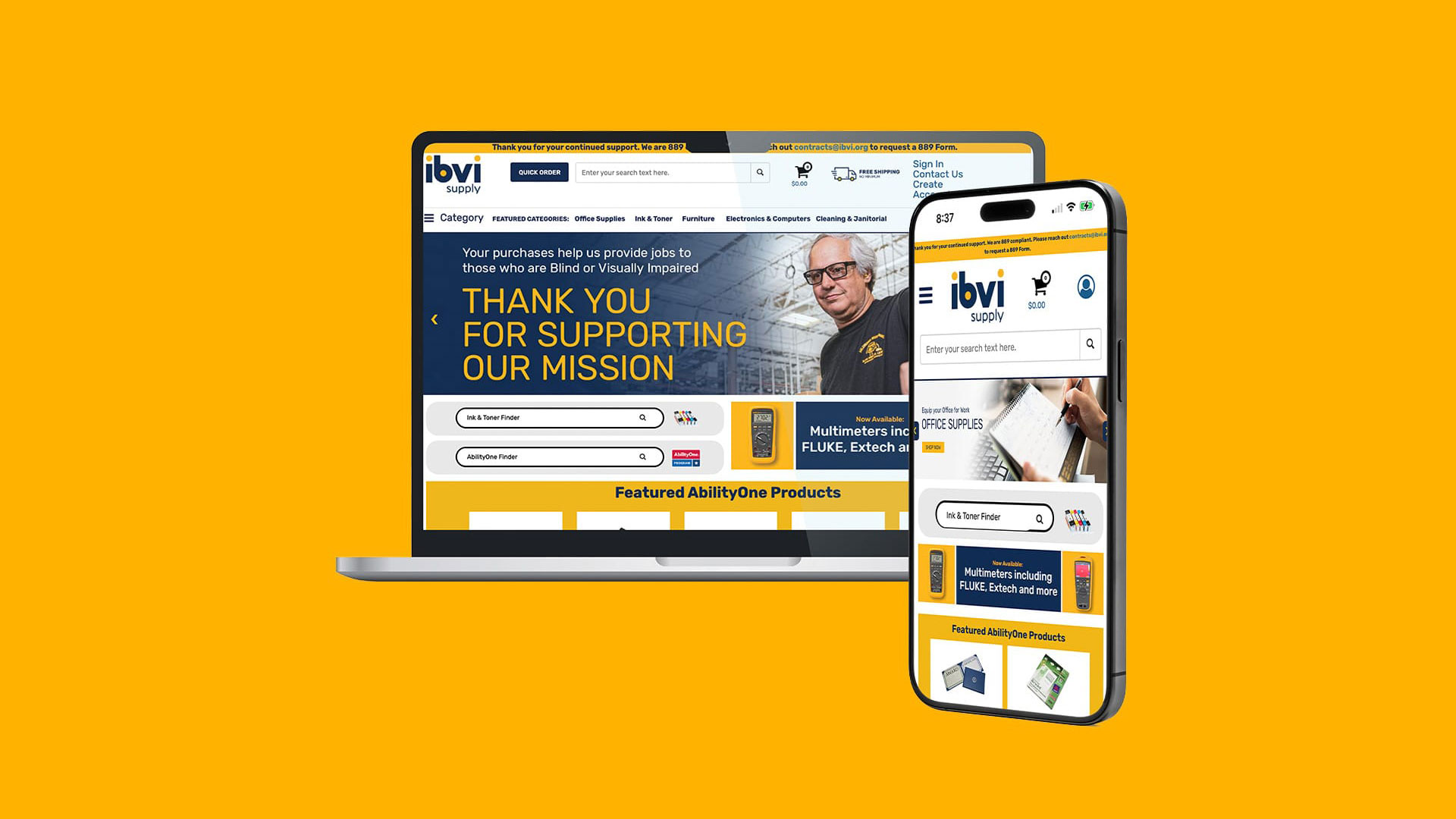How war renewed interest in man’s best friend’s guiding eyes
According to the International Guide Dog Federation, there are numerous instances of and references to dogs being used as guides for humans dating back to the 13th century—from woodcuts, engravings, and paintings to ballads and poems.1 However, the real spark for the guide dog becoming a normalized part of society was during World War 1.
Both during and after “the war to end all wars,” German veterans returned to their families and friends with injuries incurred in battle—many were blinded in combat from the use of mustard gas and mortar explosions causing shell shock. During this time, groups like the German Red Cross Ambulance Dogs Association were some of the first to start training dogs for blinded veterans.
After the war, in 1927, American German Shepherd breeders and Switzerland residents George and Dorothy Eustis visited a service dog training school in Postdam, Germany. Inspired by the experience, Dorothy wrote about it for theSaturday Evening Post. Her first-hand account, “The Seeing Eye,” was published in November 1927 and sparked widespread interest across the United States. One of those who read Dorothy’s account and became inspired? Morris Frank, a young blind man from Nashville, Tennessee.
Morris wrote to Dorothy asking her to help train a dog alongside the training school in Postdam, Germany. In 1928, he went to Switzlerland to meet the dog Dorthy helped train—a female German Shepherd guide dog he later named Buddy. Morris and Buddy returned to the United States to demonstrate what a guide dog could provide for the visually impaired and blind. This attempt to win over public support culminated in the pair crossing West Street in New York City, an incredibly dangerous waterfront road known by its infamous nickname Death Avenue.
It worked. The duo successfully crossed Death Avenue, won over the skeptics, and received positive and widespread press coverage. Morris and Buddy became a symbol that helped open doors for those with disabilities. Because of their experience working with Buddy in Postdam, Germany, Dorothy and Morris joined together and co-founded The Seeing Eye in Nashville in 1929 (and later relocated to New Jersey).
Embodying a similar ethos to the mission and purpose of Industries for the Blind and Visually Impaired, The Seeing Eye dreamt of “making the entire world accessible to people who are blind.”2 But there’s also another connective tissue between us—a close, valued relationship with those who have served our country. The popularity of guide dogs coincides with the unfortunate circumstances of a world at war, but from those horrors emerged an impassioned desire to help those who gave part of their lives to fight for their countries.
For us at IBVI, it’s an attitude we fully understand and fight for every day.
To learn more about The Seeing Eye, visit www.seeingeye.org.


